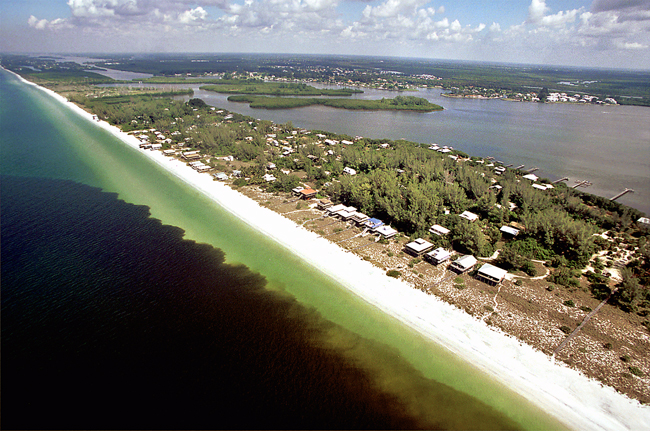Recent findings show that increases in oceanic carbon dioxidefrom the burning of fossil fuels over the last 200 years may have increased the intensity and toxicity of Karenia brevis blooms.

Researchers from the National Centers for Coastal Ocean Science (NCCOS) report that this effectis projected to increase substantially by the turn of the century with future increases in atmospheric carbon dioxide. These findings will help inform ecological models, allowing coastal managers to better predict toxin exposure to humans, shellfish, fish, and marine mammals and to optimize efforts to mitigate the adverse effects of these blooms.

Toxic blooms of the microalga Karenia brevis,also known as harmful algal blooms,occur almost annually along the west coast of Florida and have caused extensive economic and ecological damage.
This study was published in the journal Limnology and Oceanography.
For more information, contact Rance.Hardison@noaa.gov or Bill.Sunda@noaa.gov.
